Introduction

Driving in snow and ice can be challenging and potentially dangerous. It requires special skills and precautions to ensure safety on the road. This article provides valuable information on how to navigate these hazardous conditions. By understanding the risks and hazards associated with driving in snow and ice, drivers can better prepare themselves and their vehicles for the challenges ahead. With the right knowledge and techniques, individuals can confidently handle their vehicles and minimize the risk of accidents. This guide will cover the essential steps and precautions necessary to safely drive in winter weather conditions.
Overview of driving in snow and ice
Driving in snow and ice presents unique challenges that drivers must be prepared for. Snow and ice can reduce traction and make the roads slippery, increasing the risk of accidents. It is important for drivers to understand the limitations of their vehicles and adjust their driving accordingly. Snow and ice can also affect visibility, making it difficult to see other vehicles and road signs. Therefore, it is crucial for drivers to maintain a safe speed and increase their following distance to ensure sufficient time to react to sudden changes on the road. Additionally, drivers should be aware of techniques such as braking and steering into skids to regain control of their vehicles in icy conditions. By understanding the risks and adapting their driving techniques, drivers can navigate snow and ice safely.
Understanding the risks and importance of safety
When driving in snow and ice, it is crucial for drivers to understand the risks involved and prioritize safety. The slippery conditions can reduce traction and make it harder to control the vehicle, increasing the risk of accidents. It is important to adjust driving techniques and be aware of the limitations of your vehicle. Snow and ice can also affect visibility, making it difficult to see other vehicles and road signs. By recognizing these risks and taking appropriate precautions, such as maintaining a safe speed and increasing following distance, drivers can help ensure their safety and the safety of others on the road.
Preparing Your Vehicle
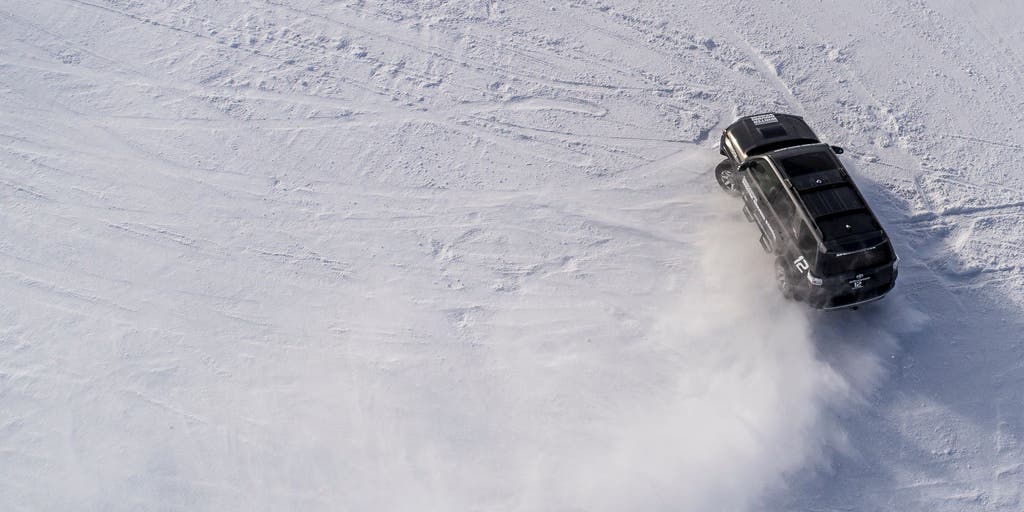
Before driving in snow and ice, it is essential to prepare your vehicle to ensure its safety and reliability on the road. Start by checking the condition of your tires. Make sure they have sufficient tread depth and consider using winter tires, which provide better traction in icy conditions. Additionally, prepare your vehicle for cold weather by checking the battery, antifreeze levels, and windshield wipers. Clear any snow or ice from the windows, mirrors, and lights for optimal visibility. Taking these steps will help ensure that your vehicle is ready to handle the challenges of driving in snow and ice.
Checking tire conditions and winter tires

To ensure safety while driving in snow and ice, it is crucial to check the condition of your tires. Inspect the tread depth and condition of your tires regularly. If the tread is worn out, consider getting new tires with deeper treads for better traction. Another option is using winter tires specifically designed for icy conditions, as they provide superior grip. Winter tires are made with a special rubber compound that remains flexible in colder temperatures, enhancing their traction. Investing in winter tires significantly improves your vehicle's performance and helps to prevent accidents in snowy and icy conditions.
Preparing your vehicle for cold weather conditions
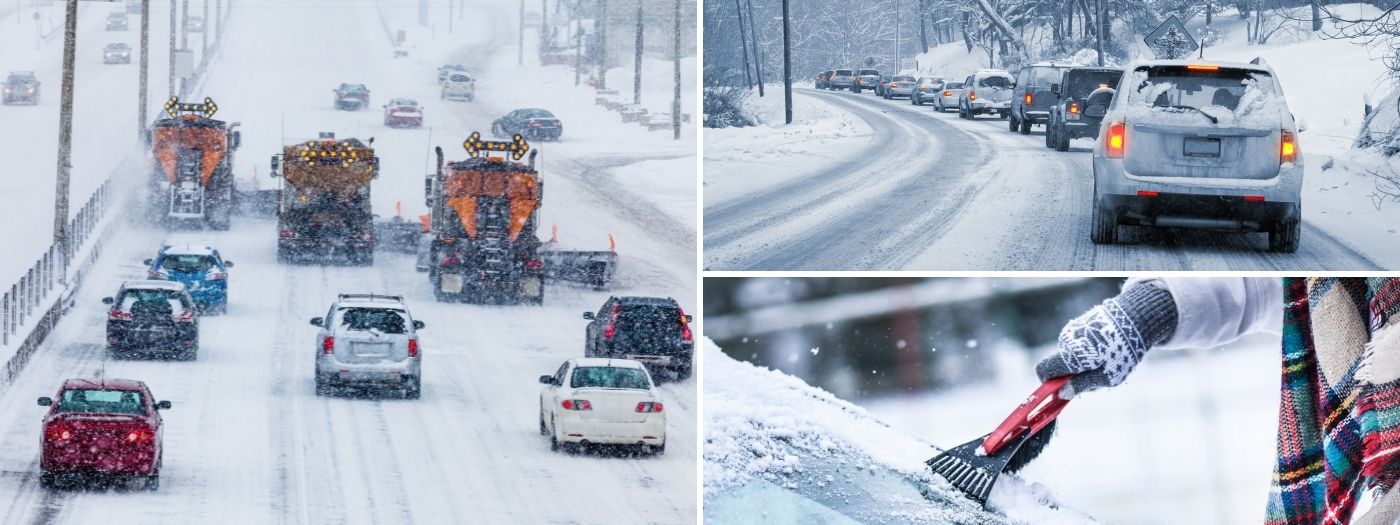
When facing snow and ice, it is important to make sure your vehicle is prepared for the cold weather conditions. Here are some essential steps to follow:
- Check your vehicle's battery and make sure it is fully charged, as cold temperatures can affect battery performance.
- Ensure your windshield is clear of any cracks or chips and consider applying a de-icer solution to prevent freezing.
- Keep your windshield wipers in good condition and replace them if necessary, as they play a crucial role in maintaining visibility.
- Check your vehicle's fluid levels, including antifreeze, oil, and windshield washer fluid, and top them up as needed.
- Inspect your vehicle's lights to ensure they are clean and in working order, as visibility is crucial in winter conditions.
- Lastly, consider applying a protective coating to your vehicle's exterior to prevent salt and snow from causing damage.
By taking these precautions, you can better prepare your vehicle to handle the challenges of driving in cold weather conditions.
Basic Driving Techniques

When driving in snow and ice, it is crucial to utilize basic driving techniques to ensure safety on the road. These techniques include reducing speed and increasing following distance. By driving at a slower speed, you have more time to react to potential hazards and maintain control of your vehicle. Additionally, increasing the following distance between you and the vehicle ahead allows for more stopping distance in case of sudden braking. By practicing these basic driving techniques, you can minimize the risks associated with driving in snow and ice and enhance your overall safety on the road.
Reducing speed and increasing following distance

Reducing speed and increasing following distance are crucial techniques when driving in snow and ice. By driving at a slower speed, drivers have more time to react to hazards and maintain control of their vehicle. This helps to minimize the risk of skidding or losing control. Additionally, increasing the following distance between vehicles allows for more stopping distance in case of sudden braking. This gives drivers more time to react and helps to prevent rear-end collisions. By practicing these techniques, drivers can ensure their safety and the safety of others on the road.
Maintaining control and avoiding sudden movements

When driving in snow and ice, it is crucial to maintain control of the vehicle and avoid sudden movements. This can be achieved by smoothly applying the brakes and accelerator, as well as gently steering. Sudden movements can cause the tires to lose traction and result in skidding or spinning out of control. By maintaining a steady speed and avoiding abrupt steering inputs or sudden acceleration or braking, drivers can keep their vehicle stable on slippery surfaces. It is important to remember that smooth and gradual movements are key to maintaining control and avoiding accidents.
Advanced Driving Techniques

Advanced driving techniques are essential when navigating through snow and ice. Understanding traction and braking on icy surfaces is crucial for maintaining control and preventing accidents. Drivers should be familiar with techniques such as pumping brakes and steering into skids, which can help regain control of the vehicle in slippery conditions. These techniques involve gently applying and releasing the brakes to prevent skidding and steering in the direction of the skid to regain traction. By mastering these advanced driving techniques, drivers can confidently navigate through snow and ice, ensuring their safety and that of others on the road.
Understanding traction and braking on icy surfaces

When driving on icy surfaces, understanding traction and braking becomes crucial for maintaining control and avoiding accidents. Traction on ice is significantly reduced, making it important to adjust your driving behavior accordingly. It is important to drive at a slower speed and leave a greater following distance to allow for increased stopping time. When braking, avoid sudden and aggressive pressure on the brakes, as this can cause the wheels to lock up and result in a skid. Instead, apply gentle and consistent pressure to the brakes and allow the anti-lock braking system (ABS) to assist with maintaining control. By understanding how to brake properly on icy surfaces and using techniques such as pumping the brakes, drivers can safely navigate through slippery conditions.
Using techniques such as pumping brakes and steering into skids

When faced with a skid on icy surfaces, it's important to know how to regain control. One technique is pumping the brakes, which involves applying and releasing the brakes in quick succession. This helps prevent the wheels from locking up and allows for better control. Additionally, steering into the skid can help stabilize the vehicle. For example, if the rear of the car starts to slide to the left, gently steer the vehicle in the same direction. These techniques can be effective in correcting a skid and maintaining control on icy surfaces.
Additional Tips for Safe Driving

Keeping a winter emergency kit in your vehicle is essential for safe driving in snow and ice. This kit should include items such as a blanket, extra warm clothing, a flashlight, a shovel, and a portable charger for your phone. It's also important to know how to properly use anti-lock brakes and traction control, as these systems can help prevent skids and maintain control on slippery terrain. Lastly, always remember to stay vigilant and cautious while driving in winter conditions, and be prepared to adapt your driving style to ensure the safety of yourself and others on the road.
Keeping a winter emergency kit in your vehicle
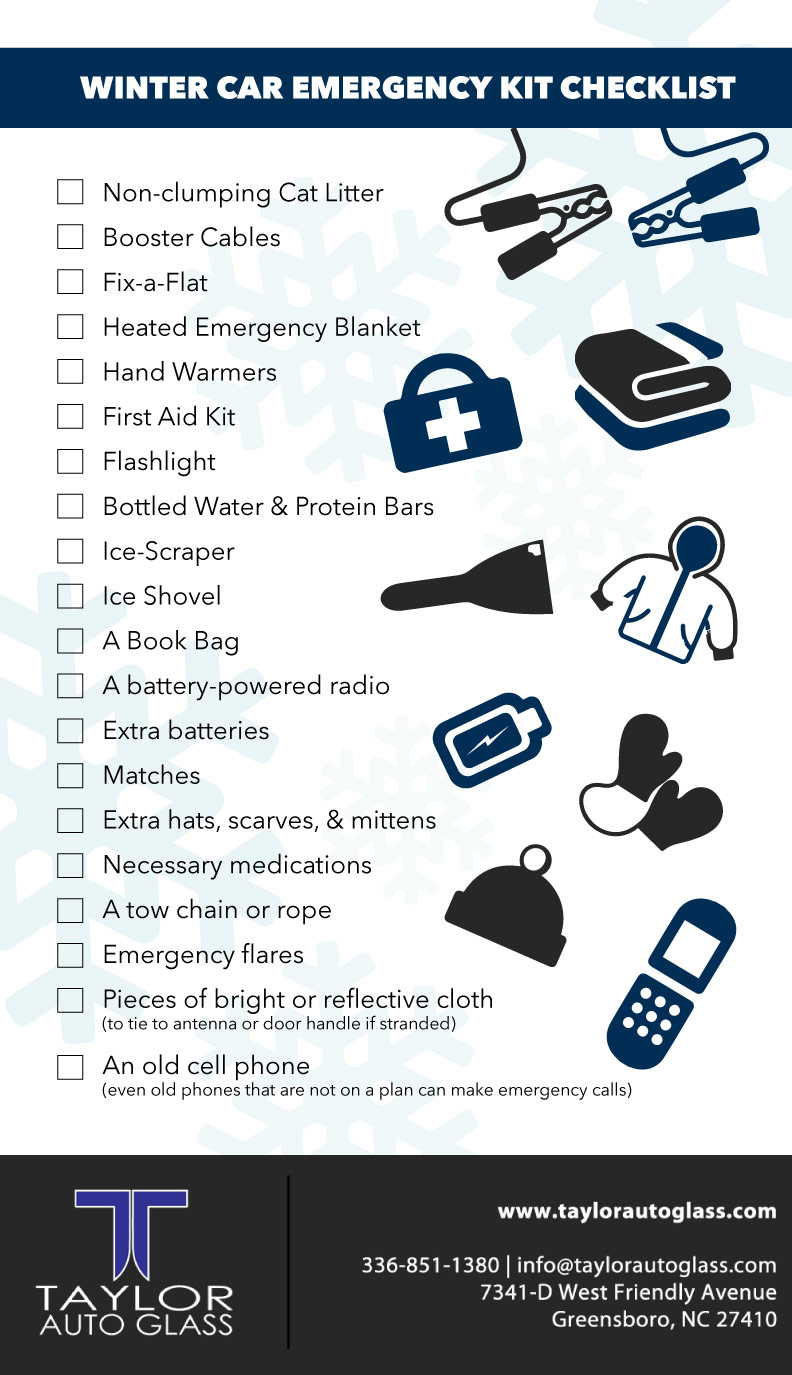
Keeping a winter emergency kit in your vehicle is essential for safe driving in snow and ice. This kit should include items such as a blanket, extra warm clothing, a flashlight, a shovel, and a portable charger for your phone. These items will help you stay warm, provide light in case of emergencies, and assist in clearing snow if necessary. It is important to have these supplies readily available in case you become stranded or encounter unexpected delays. By being prepared with a winter emergency kit, you can ensure your safety and the safety of others on the road.
Knowing how to properly use anti-lock brakes and traction control
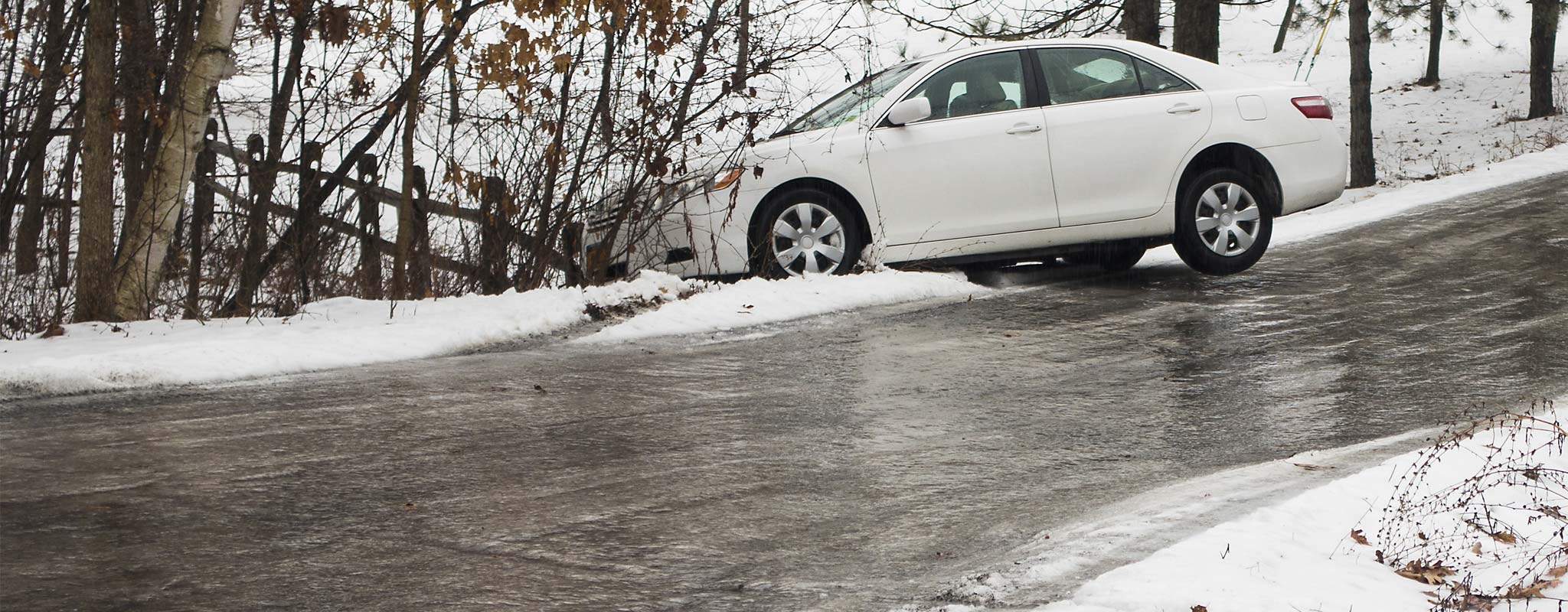
When driving in snow and ice, it is important to understand how to properly use the features of your vehicle, such as anti-lock brakes (ABS) and traction control. ABS helps prevent your brakes from locking up in slippery conditions, allowing you to maintain steering control. When using ABS, remember to apply steady, firm pressure to the brake pedal and avoid pumping the brakes. Traction control helps prevent wheelspin by adjusting power and braking to the wheels. Familiarize yourself with these features and how they function in order to maximize their effectiveness and maintain control in challenging winter driving conditions.
Conclusion
In conclusion, driving in snow and ice requires proper preparation, technique, and caution. By checking tire conditions, using winter tires, and preparing the vehicle for cold weather, drivers can enhance safety. Basic driving techniques, such as reducing speed and maintaining control, are crucial for navigating slippery roads. Advanced techniques like understanding traction and using braking methods can further improve safety. Additionally, having a winter emergency kit and knowing how to use anti-lock brakes and traction control can provide added protection. Remember, practicing and gaining experience in winter driving is essential for ensuring a safe journey in challenging conditions.
Importance of practicing and gaining experience in winter driving

Practicing and gaining experience in winter driving is of utmost importance for ensuring a safe journey in snow and ice. By regularly driving in these conditions, drivers become familiar with the challenges and learn how to adapt their driving techniques accordingly. They gain confidence in maneuvering on slippery roads, understanding the limits of their vehicle's traction, and reacting effectively in emergency situations. Winter driving skills are developed over time, and the more experience drivers have, the better equipped they are to handle the unpredictable nature of winter weather. Therefore, it is crucial for drivers to continually practice and gain experience in order to enhance their ability to safely navigate snow and ice.
Final thoughts and reminders for safe driving in snow and ice
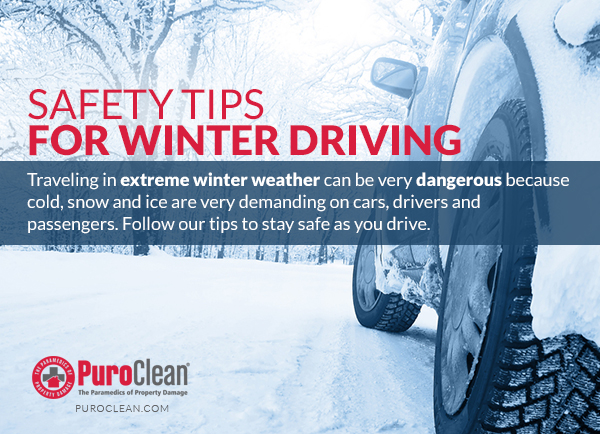
In conclusion, safe driving in snow and ice requires careful preparation, proper techniques, and continuous practice. It is important to always prioritize safety and be aware of the risks associated with driving in these conditions. Remember to regularly check your vehicle's tires, use winter tires if necessary, and prepare your vehicle for cold weather. When driving, reduce speed, maintain control, and avoid sudden movements. Understand traction and braking on icy surfaces, and utilize advanced techniques like pumping brakes and steering into skids. Additionally, always keep a winter emergency kit in your vehicle and know how to use anti-lock brakes and traction control effectively. By following these reminders and gaining experience, you can confidently navigate snow and ice and ensure a safe journey.